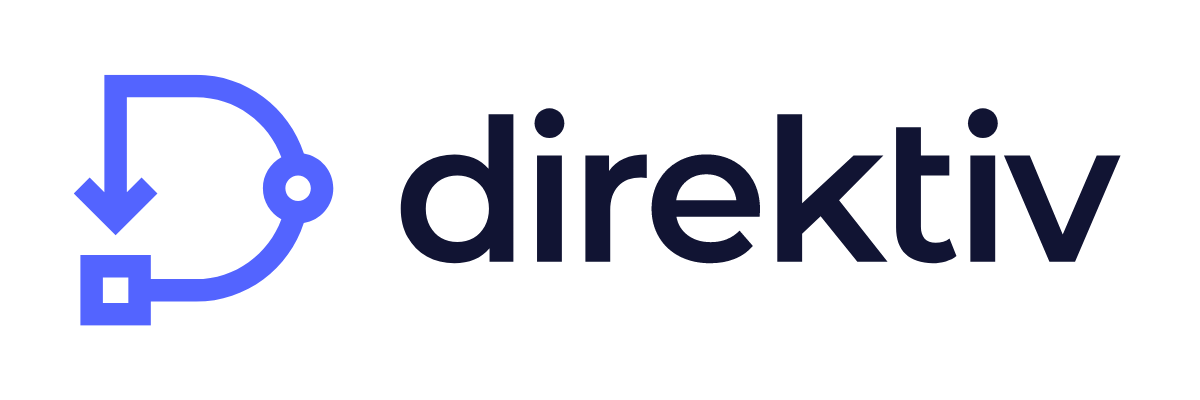Serverless Computing and DevOps: Exploring the Synergy for Scalable Applications

Serverless computing and DevOps have been industry buzzwords for the last few years. But they’re much more than just buzzwords. The numbers clearly don’t lie…
The serverless market recently soared past the 9 billion USD mark and is projected to hold a 25% CAGR until 2032. And DevOps? It’s on a roll too, compounding at an 18.95% rate projected through 2026. 💥
When you bring these two tech powerhouses together, you’re looking at a whole new approach to building and deploying applications. It’s not just about keeping up with demand anymore. It’s about unlocking real innovation and improving the overall process. Developers get to unleash their creativity without the hassle of old-school server management holding them back. As these two continue gaining traction, we’re stepping into a future where apps effortlessly adjust to what users need, code deployment becomes smoother than ever, and performance get’s a serious kick in the pants. 😎
In this blog, we’re going to look at the punch this combo packs for IT pros and engineers—and offer ways to leverage them for scalable applications. Let’s get into it. 👇
Understanding Serverless Computing
Now, before you start imagining servers disappearing into thin air like magic, let’s break down what serverless computing really is. ⬇️
With serverless, the days of setting up, babysitting, and generally dealing with servers are over. It’s all about letting developers focus solely on the fun stuff—coding and making things work—without sweating the small (and often frustrating) things like boring server management. 🥱
The heavy lifting is done by cloud platforms. You just upload your code, tell the platform what should trigger it, and… BAM! The cloud provider takes care of the rest. Plus, you only pay for the time your code actually runs, not when it’s sitting there waiting on some action. But there’s quite a lot more to serverless to really grasp the concept, so here’s an illustration:
Imagine your application getting super popular—like a cat video going viral kind of popular. 😸 With traditional setups, you’d be sweating a ton trying to figure out how many servers to use to keep up with the demand. Too many and you’re burning money. Too few and your app starts lagging and skipping like a bad internet connection. Serverless computing on the other hand scales automatically, whether there are 10 or 10,000 users on your app.
Now, you might be thinking, "Hey, this sounds like microservices!" Ding ding ding! 🛎️ You're right on the money. Serverless encourages you to break your app into smaller, manageable chunks AKA microservices. And this is the setup that’s like a match made in tech heaven for DevOps engineers.
DevOps and Serverless: A Natural Fit
Both DevOps and serverless computing aim to make your tech life easier by simplifying complexities and optimizing outcomes.
The serverless building blocks perfectly align with the DevOps philosophy of teamwork and collaboration. With both, you can kiss your old fragmented efforts goodbye. The new streamlined process will help to:
- Optimize resource usage
- Enhance overall efficiency
- Foster rapid feature iterations
But this is only a high-level overview. Let’s dive in to see the entire picture and what this means for scaling your applications.
Leveraging DevOps with Serverless Development
The synergy both have together ensures new features or improvements can be easily integrated without disrupting the larger application. This enables teams to maintain a rapid pace of development while delivering high-quality code. ✅
The collaborative mindset instilled by DevOps dovetails perfectly with the modularity of serverless development. For example, let’s picture a jigsaw puzzle; DevOps arranges the pieces while serverless help to fit them together to paint the entire picture. In the tech world, this translates to accelerating development cycles, since teams can simultaneously work on different functions without stepping on each other's toes. This divide-and-conquer approach to development breaks down large complex steps into smaller manageable tasks.
Now teams have the power of automated testing, version control, and deployment pipelines to ensure the reliable delivery of serverless functions and apps.
Scalability and Performance Optimization
The real magic happens when we factor in scalability for your applications. DevOps, with its focus on automation, perfectly complements serverless architecture's automatic scaling based on the workload demand.
Continuous monitoring and automated scaling triggered by your predefined metrics ensure that apps can easily handle fluctuations in user activity. This guarantees the best performance—even during peak loads. Some DevOps tools also enable teams to fine-tune performance through real-time data analysis. With these solutions, you can identify potential bottlenecks and inefficiencies you can quickly fix with no fuss. 💯
As user traffic surges, serverless functions adapt to the load, supported by DevOps' automated deployment pipelines that ensure new code is introduced to the live environment. This alliance of automation and scalability creates an environment where applications can easily handle the ebbs and flows of user engagement. 🔄
(Source: Giphy)
By marrying the speed and agility of DevOps with the elastic nature of serverless computing, you can achieve a level of scalability like you’ve never seen before. But only if you have the right tools.
Potential Challenges of Serverless DevOps
While this powerful 1-2 punch can transform the way your team operates, there are a few potential hurdles you may encounter along the way. ⬇️
Complexity of Orchestration: Coordinating the deployment and management of various serverless components can be quite the challenge. Since serverless apps are made of multiple interconnected functions and services, ensuring smooth orchestration between them requires careful planning and execution. But hey, it’s probably nothin’ you can’t handle.
Vendor Lock-In: Serverless platforms are provided by various cloud vendors, some of which require a vendor lock-in. 👎 While DevOps aims for flexibility and independence, having to rely on specific cloud services can limit portability and hinder a migration to other platforms.
Observability: Monitoring your serverless apps’ performance and gaining insights into their behavior can be a bit more tricky than with traditional architectures. As you know, DevOps relies heavily on observability to ensure optimal application health, and adapting to a new approach could take some time to get used to.
These are all valid concerns when it comes to your IT operations. But what if there was a solution that busted through each of these problems? Oh yeah, there is!
(Source: Giphy)
Direktiv’s Solution
Direktiv’s powerful event-driven orchestration platform makes quick work of the obstacles above. 🏃♂️💨
Complex orchestration? Not with Direktiv. With our platform, you can plug your existing code or containers right into custom workflows. There’s no need to start from scratch since your current setup can be integrated. We also have pre-built containers you can leverage to accelerate your workflow builds and integrations. ✅
Vendor lock-in? Direktiv is cloud agnostic, which means there’s no chance of being locked into a single vendor. If one isn’t working out, toss ‘em and integrate your new solution right on our platform. ✅
And what about observability? We’ve got you covered. You’ll have access to all the logging, metrics, and tracing data across the whole platform and its integrated components. Check out our observability workflow to see exactly how it works. ✅
Overall, Direktiv enables DevOps engineers to seamlessly:
- Orchestrate intricate workflows
- Automate deployment pipelines
- Institute robust monitoring and testing
And clear all the normal hurdles you’d experience with other solutions. What’s not to love? 😍
Final Thoughts
The synergy between serverless computing and DevOps offers an exciting path forward for building and scaling your applications. And combined with Direktiv, you can orchestrate event-driven workflows, automate app deployments, and have complete observability over your entire tech stack.
Ready to take full advantage of your serverless computing and DevOps operations? Get started with our open source version or drop us a line to begin scaling your enterprise.

.png)

